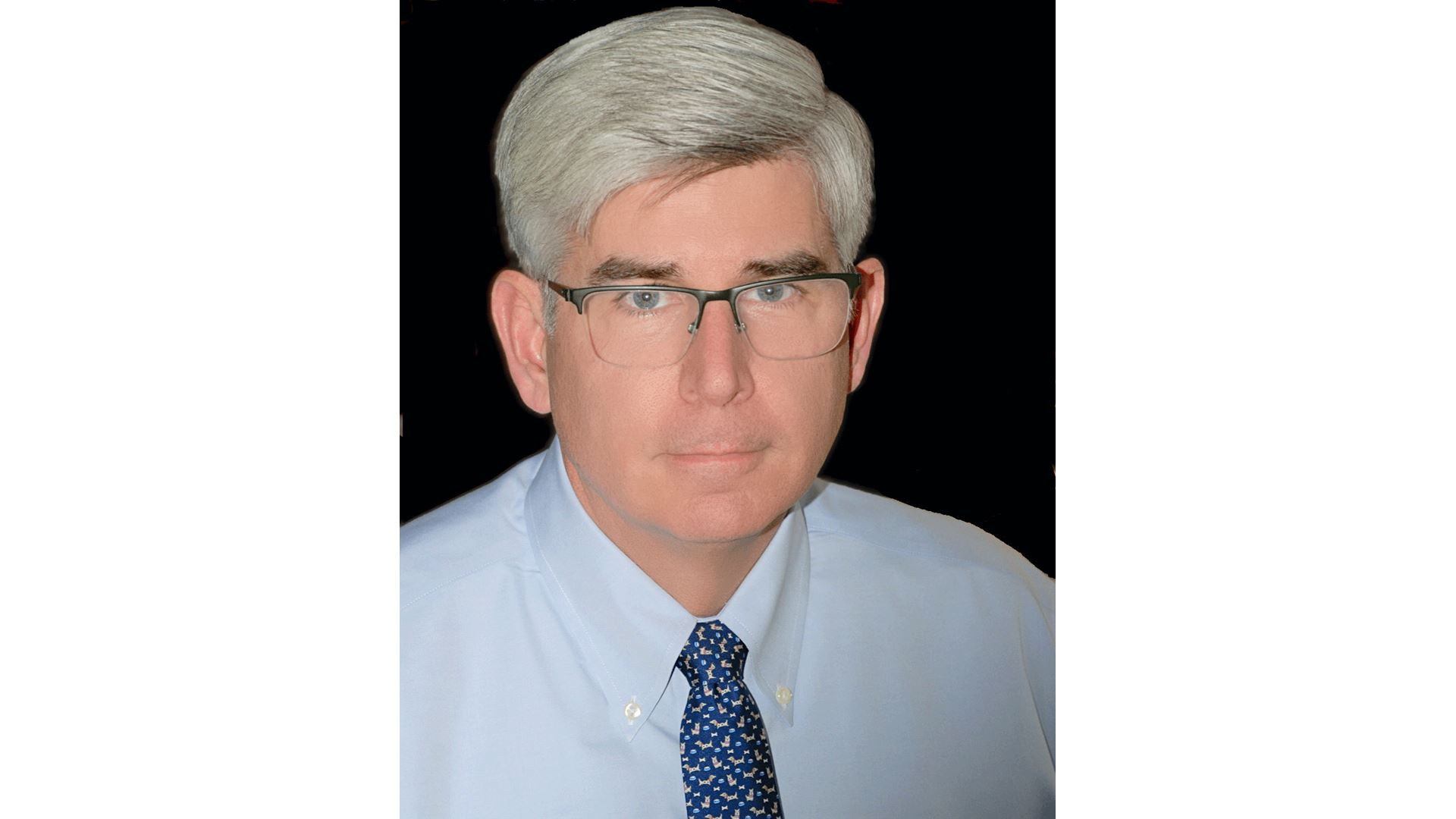As a medical student, do you ever wonder what it’s like to specialize in forensic pathology? Meet AMA member James R. Gill, MD, a forensic pathologist and a featured physician in the AMA’s “Shadow Me” Specialty Series, which offers advice directly from physicians about life in their specialties. Check out his insights to help determine whether a career in forensic pathology might be a good fit for you.
The AMA’s Specialty Guide simplifies medical students’ specialty selection process, highlight major specialties, detail training information, and provide access to related association information. It is produced by FREIDA™, the AMA Residency & Fellowship Database®.
“Shadowing” Dr. Gill
Specialty: Forensic pathology.
Practice setting: State medical examiner’s office.
Employment type: State government.
Years in practice: 25.
A typical day and week in my practice: Most forensic pathologists work as medical examiners (or in a coroner jurisdiction) to investigate sudden, suspicious and unnatural deaths such as homicides, suicides or accidents. This is done by performing autopsies. Since the types of deaths can vary so much, there is no "typical" day.
One never knows what will come across your autopsy table. The structure of a typical day includes performing autopsies—usually for a few hours—and then doing office work such as finishing up autopsy reports or other administrative duties. Some days it is only office work, or it may include testifying in court. The number of autopsies is limited to three a day per medical examiner and usually the autopsies are done by early afternoon.
Continue reading on AMA-ASSN.org.

